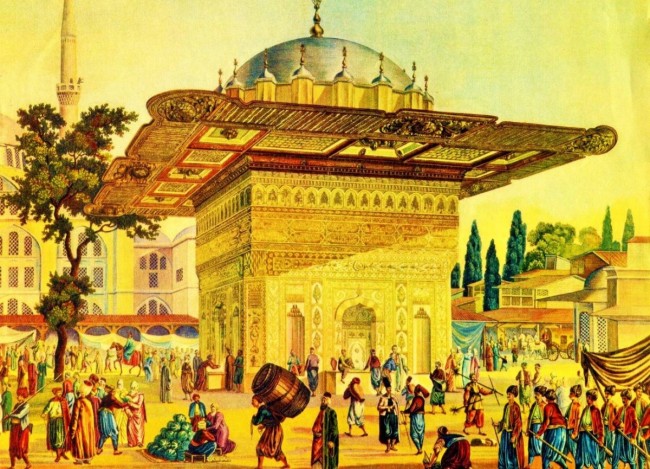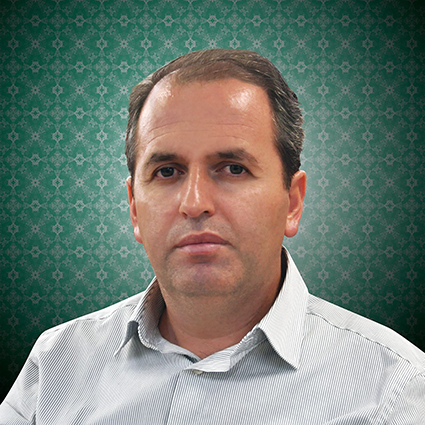.jpg)
A striking scene from the Ottoman social life in the capital city, Istanbul
The OTTOMAN COUNTRY was like a Foundation Paradise, adorned with all kinds of unimaginable foundations. The Ottoman people, who attained the peak of altruism with tens of thousands of charitable institutions they established and adorned all over three continents, regarded it as a lofty goal to serve all creatures. According to Prof. Ziya Kazıcı, it “was nothing but the strong manifestation of the national and spiritual spirit and enthusiasm of the Muslims such as virtue, generosity, altruism and patriotism.”
Believing Ottomans, who knew no bounds in their love and servitude to Allah, regarded loving and exalting creatures due to their creator as a requirement of servitude. They adopted the following hadith as their guide: “The best person is the one who is most useful to people; the best property is the one spent in the way of Allah and the best part of it is the one that meets what people need the most.” (Abu Dawud, Adab/57).
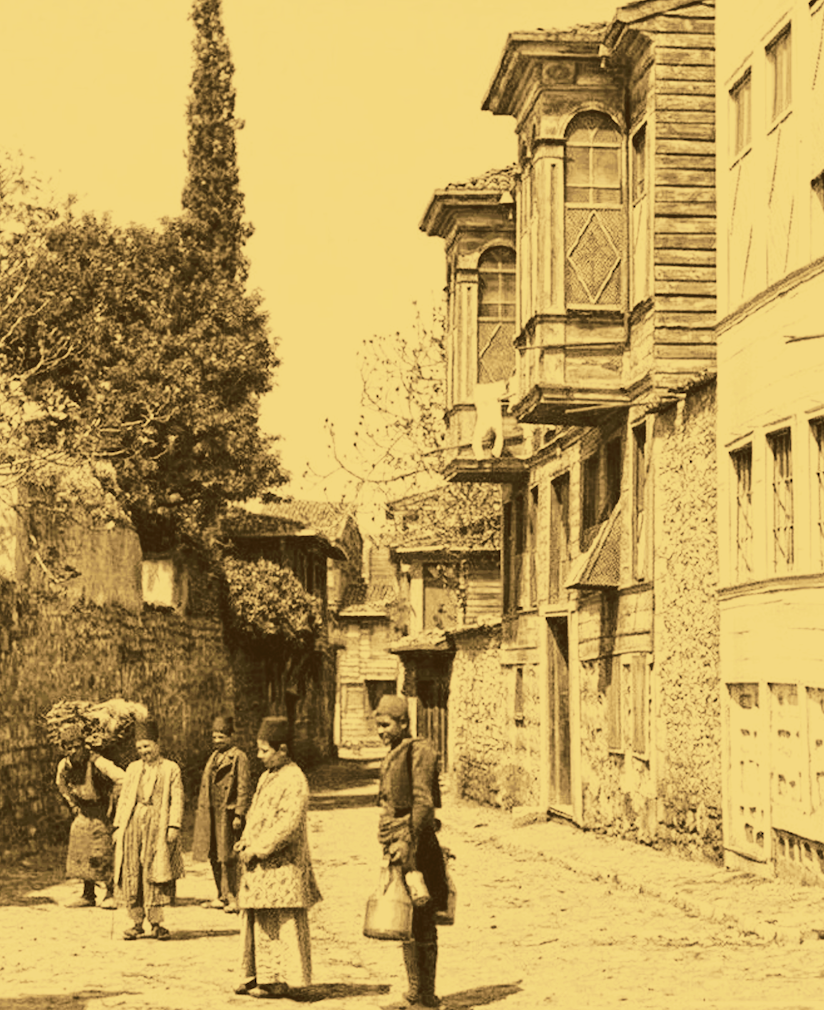
Children in Ottoman Istanbul in 1860
Here are some interesting examples from the Ottoman Foundation Paradise that sound unimaginable and unbelievable, and that astonish people:
Foundation for Children Who Lost Their Money: Foundations were established in many parts of the Ottoman geography, especially in Tunisia, to help the children who lost the money their mothers gave them for shopping.
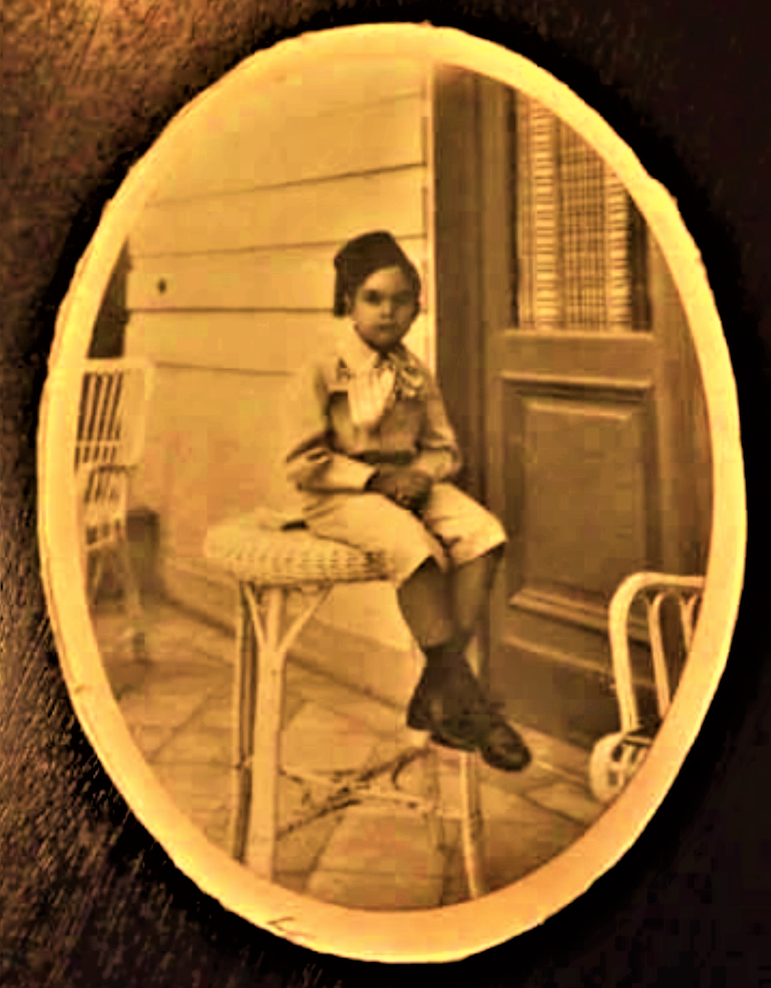
An Ottoman child in the 1890s
Foundation for Making Children Travel: The foundation established by the former Director of the Palace Kitchen, Haseki Hacı Mustafa Ağa, in Istanbul in 1768 enabled children to have fun in the fresh air by spending three thousand silver coins a year. The aim of the foundation was to take children from their families once a year and take them to the countryside, where they could socialize with one another and make new friends.
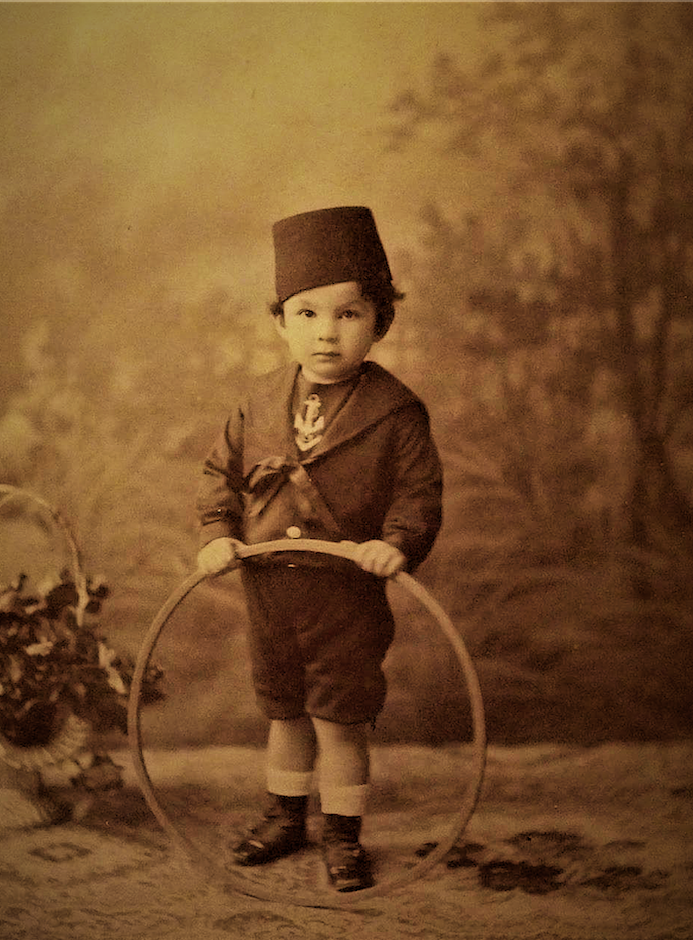
A child in Ottoman times
Picnic Foundation for Students: The foundation founded by Fatma Hanım, the daughter of Melek Ahmed Pasha, who was one of the important statesmen during the reign of Sultan Murad IV (and who was married to the Sultan's daughter Kaya Sultan), in Fatih, Istanbul in 1716 aimed to take primary school students on a picnic twice a year, one in cherry season (spring) and the other in grape season (autumn). She allocated 1800 silver coins for each picnic.
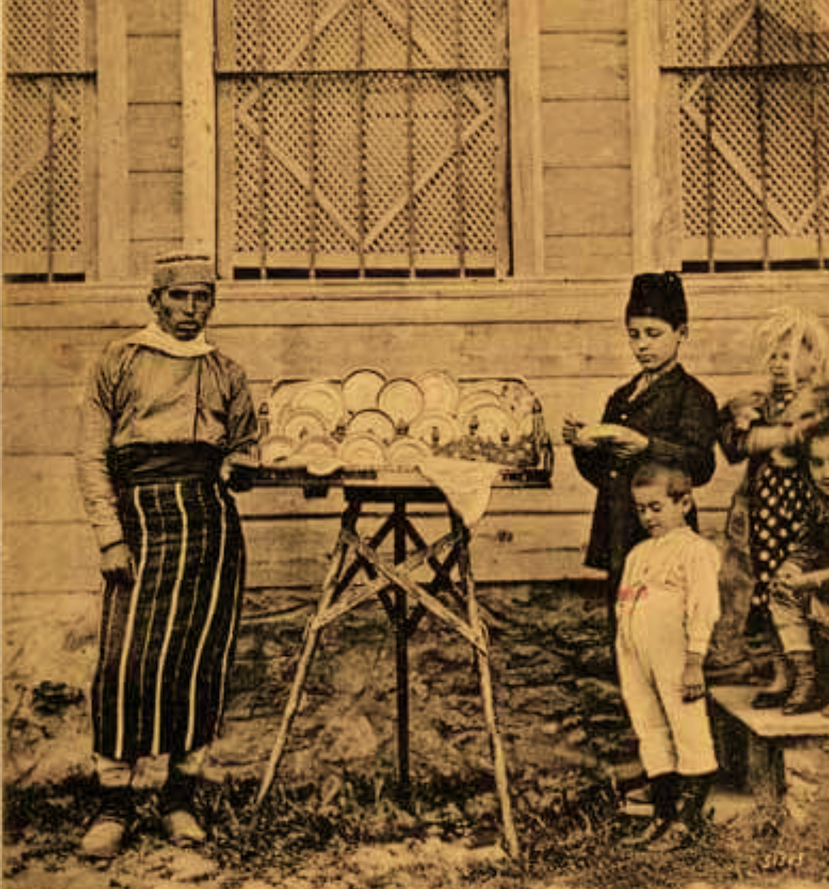
A pudding seller and children in the 1900s
Education Foundation for Orphans: All expenses of the orphans studying at Hacı Hüsrev School were met by the foundation established by Fatma Hatun on October 16, 1612. If the number of the orphans was low, orphans from other schools were found and their needs were met. In addition, enough firewood and mats were bought for the school every year.
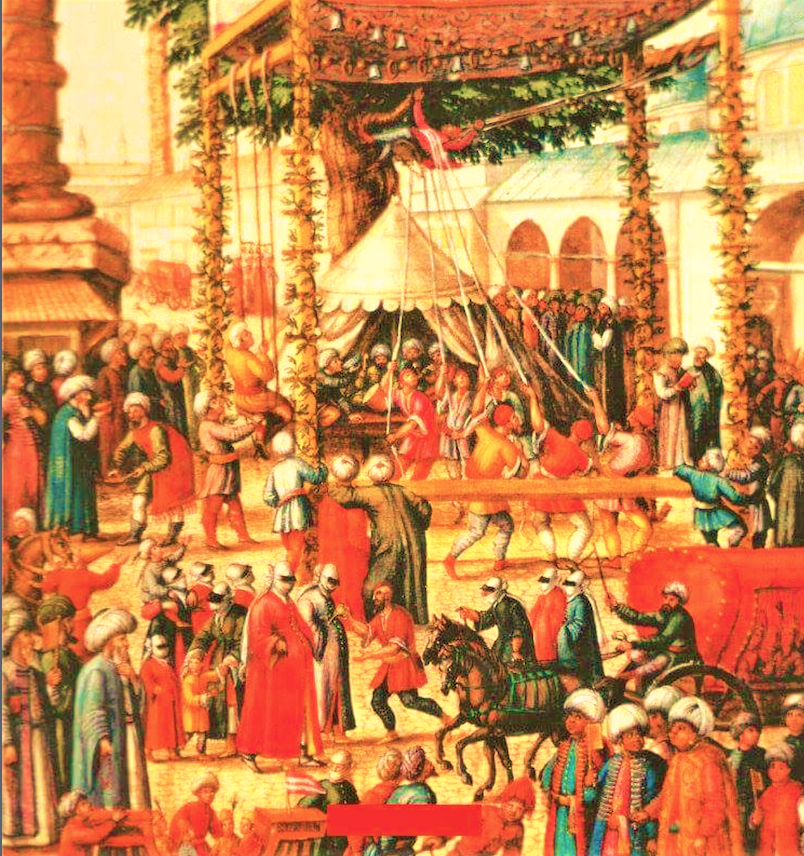
A festive eid (feast) day in Çemberlitaş Square, Istanbul in the 16th century through the eyes of a German painter
Summer Clothes Foundation for Orphans: It was established in 1384 by Hasan bin Alaeddin, one of the scholars from Urfa, to provide summer clothes for orphans. It is stated in the charter of the foundation as follows: “Orphans will be taken care of until they reach puberty; and summer clothes will be bought for them when summer starts...”
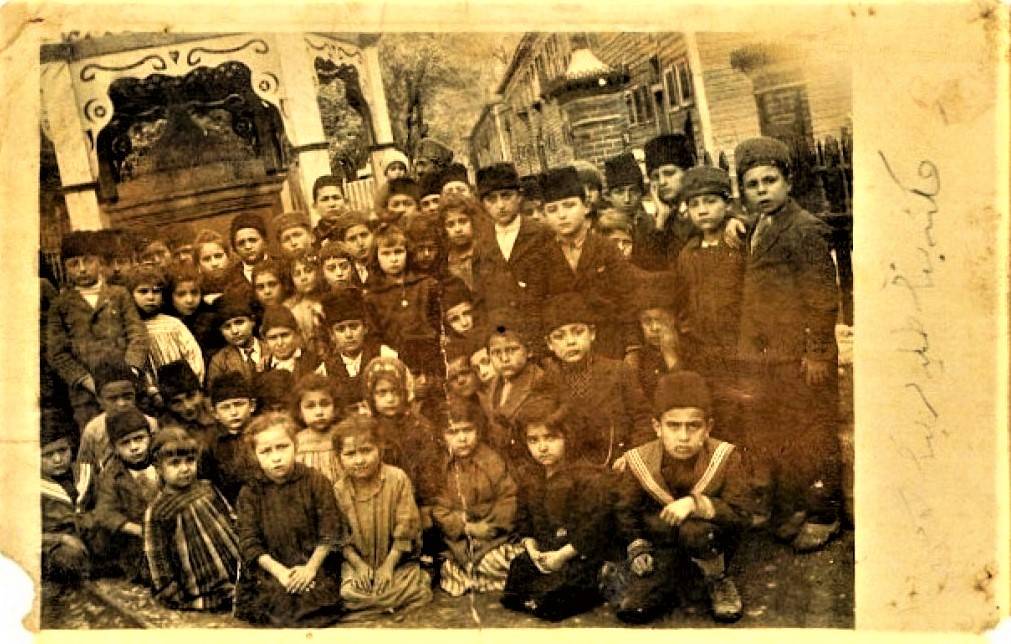
In the Ottoman State, there were hostels called Darüleytam (Orphan Houses) where orphans were accommodated and prepared for life
On the other hand, the foundation established by Canfeda Hatun, the bridesmaid of Emine Mihrimah Sultan, who was the mother of Sultan Mustafa III, in 1773, aimed to provide 20 orphans each studying in schools in Istanbul with a coat and a pair of shoes every year, and a turban every Eid al-Adha (Feast of Sacrifice), and a nice garment for each teacher of the school.
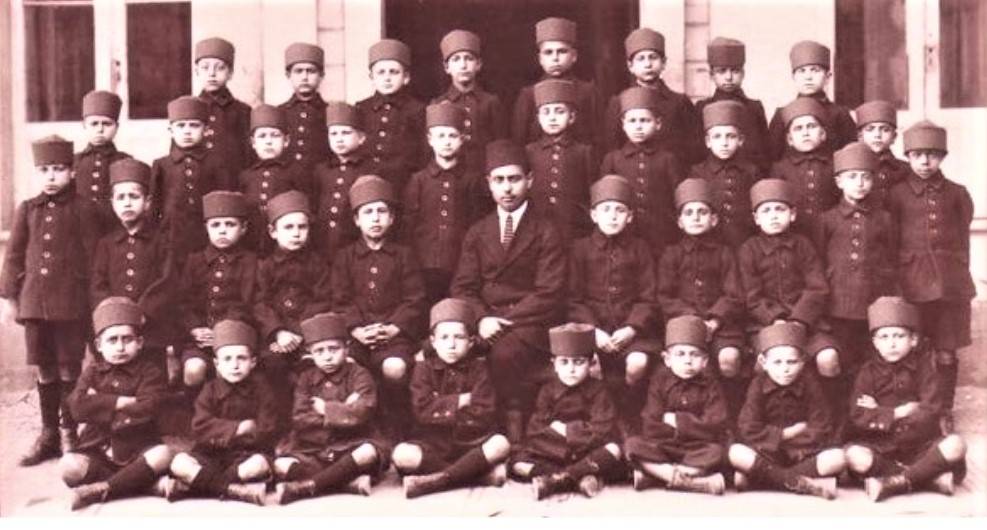
Himaye-i Etfal (Child Welfare) Society provided free services to orphans and established dormitories
Eid (Feast) Clothes Foundation for Students: According to the information in the charter of foundation dated June 16, 1587 belonging to Zeyni Hatun, who lived in Üskübi Neighborhood near Hagia Sophia in Istanbul, clothes were bought for the students of Mustafa Çelebi School and pocket money was given to them on eids (feast days) through the foundation that was established. The remaining money was given away to widows and poor women.
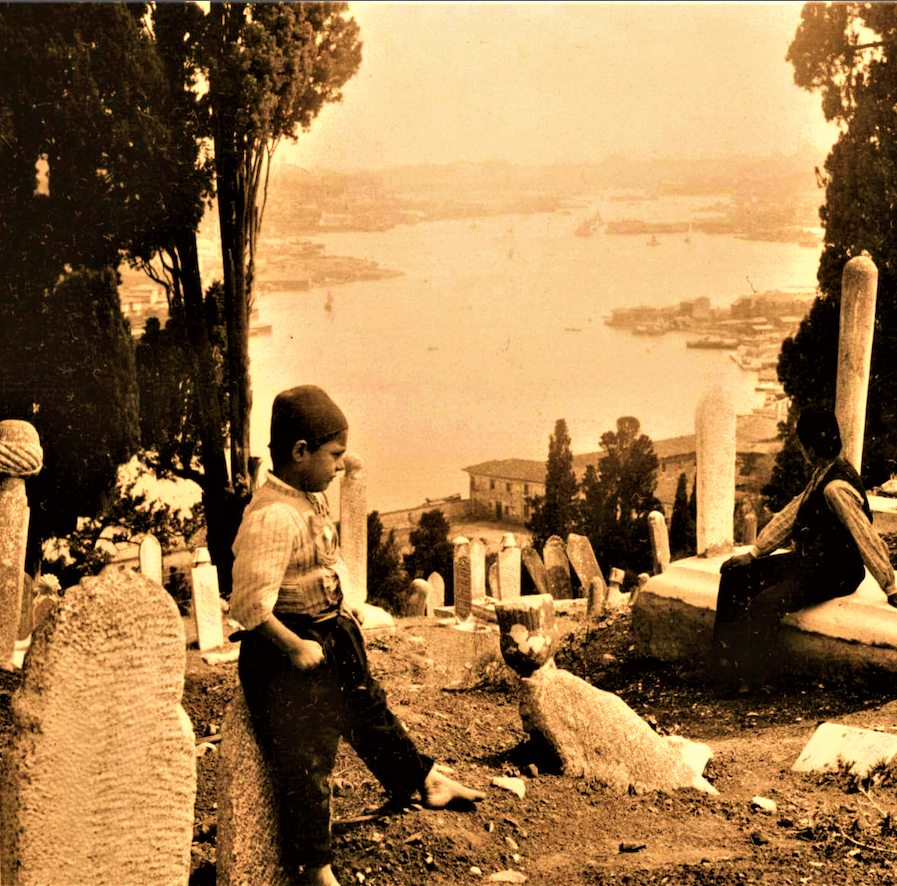
An orphan boy praying at his father's grave in the cemetery on the shore of the Bosporus, Istanbul
Alphabet Foundation for Students: The foundation established by Penah Süleyman Efendi in Istanbul in 1785 ensured that alphabet books were bought and distributed freely to the students who had just started school.
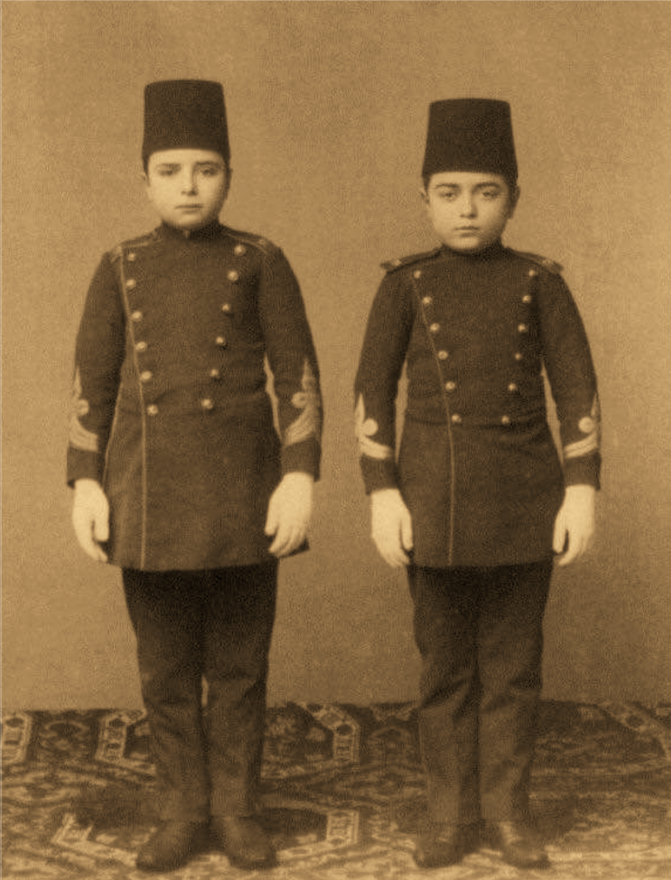
Ottoman students in the 1890s
Bonus Foundation for Teachers: The foundation founded by Pertevniyal Sultan, the mother of Sultan Abdulaziz, gave a bonus equal to one-month salary to each teacher before each Eid al-Fitr (Ramadan Feast) as a feast gift.
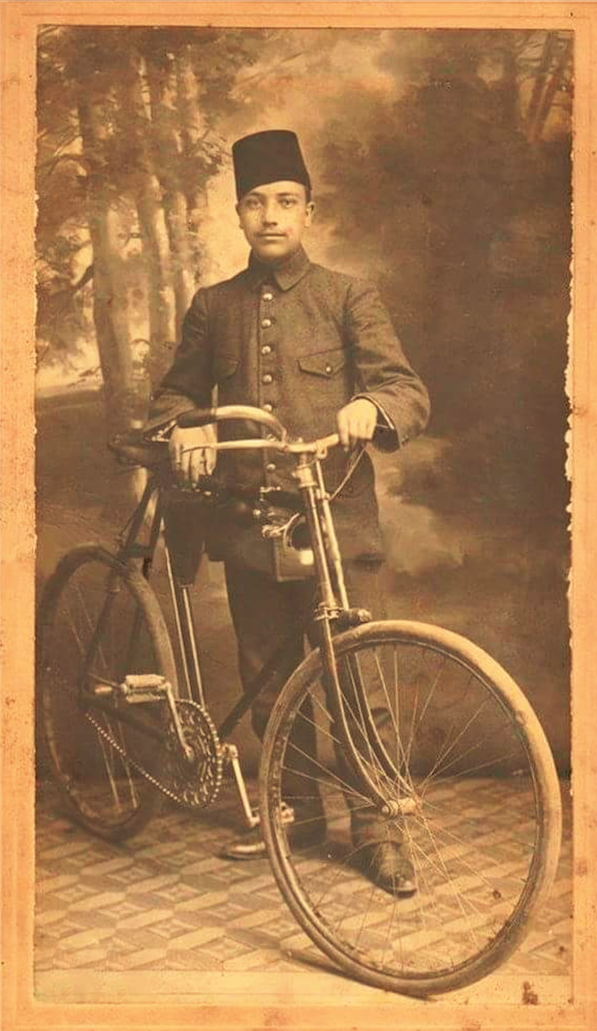
An Ottoman student with a bicycle in the 1900s
Foundation for Prohibiting Teachers from Tobacco Use: The foundation founded by Mayor of Diyarbakır Mehmed Ragıb bin Mesud in 1833 focused on preventing primary school teachers from smoking. Smoking was banned in all primary schools in the city as a deterrent and it was declared that those who used that harmful substance would “never and ever” be able to work as primary school teachers.
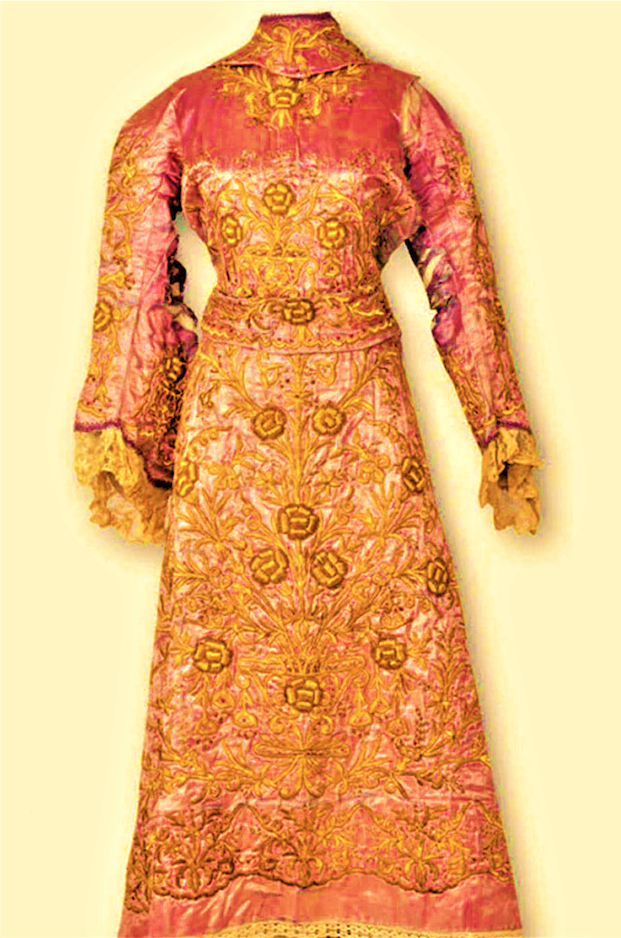
A wedding dress used in the 19th century in the Ottoman State
Dowry Foundation for Poor Girls: The main purpose of the foundation founded by Ayşe Revnak Hanım was to complete the dowry of the poor girls who were about to get married and to hold their wedding ceremonies. If money remained after the expenses, wedding dresses were bought for the poor children and the money allocated for that year was ensured to be spent that year.
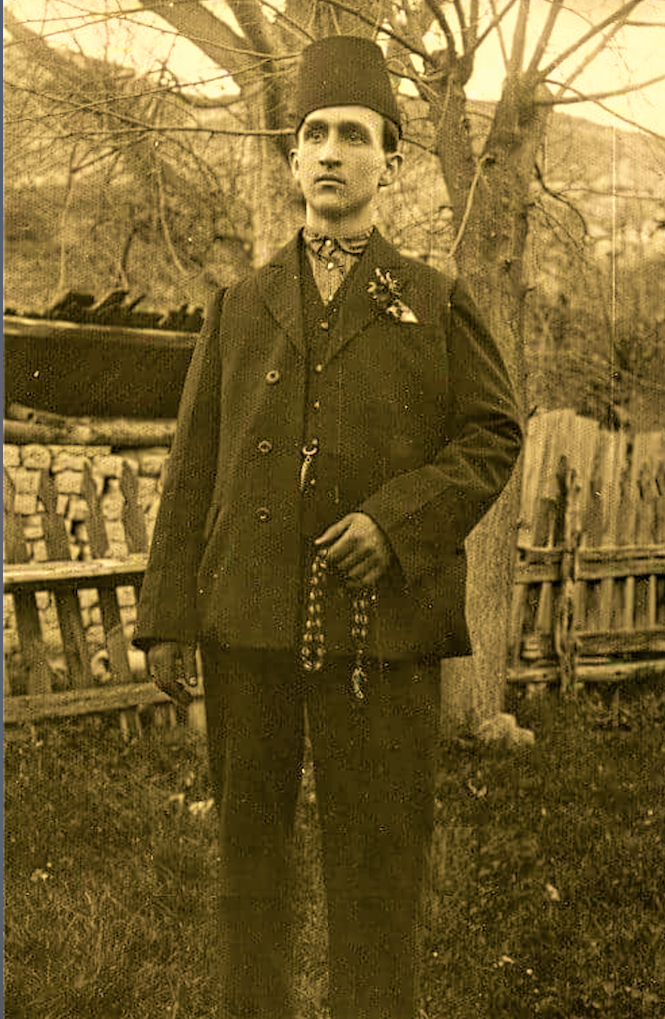
A young Ottoman gentleman at a marriageable age in the 19th century
Foundation for Meeting the Needs of the Poor in the Neighborhood: In the charter of Ümmühani Hatun Foundation, it was demanded that the poor and those in financial difficulties in the neighborhood be taken care of by the foundation workers, their needs be met and their comfort be ensured; their problems were settled. A delegation formed by the notable people of the neighborhood observed the happy and sad moments of the residents of the neighborhood, increasing their joy and sharing their sorrow.
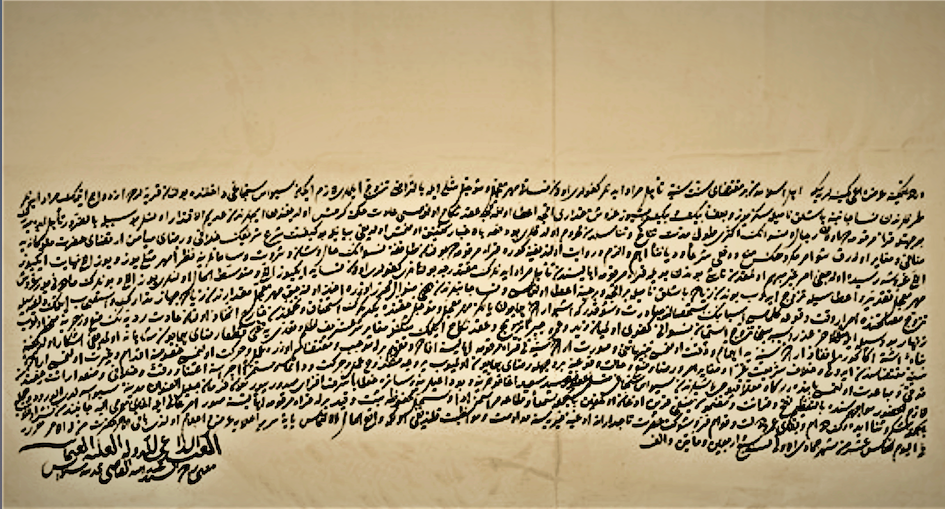
A decree of the qadi that strictly prohibits bride price and forcing girls into marriage during the reign of Sultan Mahmud II.
During the reign of Sultan Süleyman I, the Grand Vizier Pargalı İbrahim Pasha went to Cairo to organize Egypt, which had been conquered during the reign of Sultan Selim I; he made a list of all the disabled people, widows, orphans, the poor and nearly 1000 orphans and needy children in Cairo and put them on salary. In 1777, he allocated 10 silver coins per day to a man who had a handless and footless child in Istanbul.
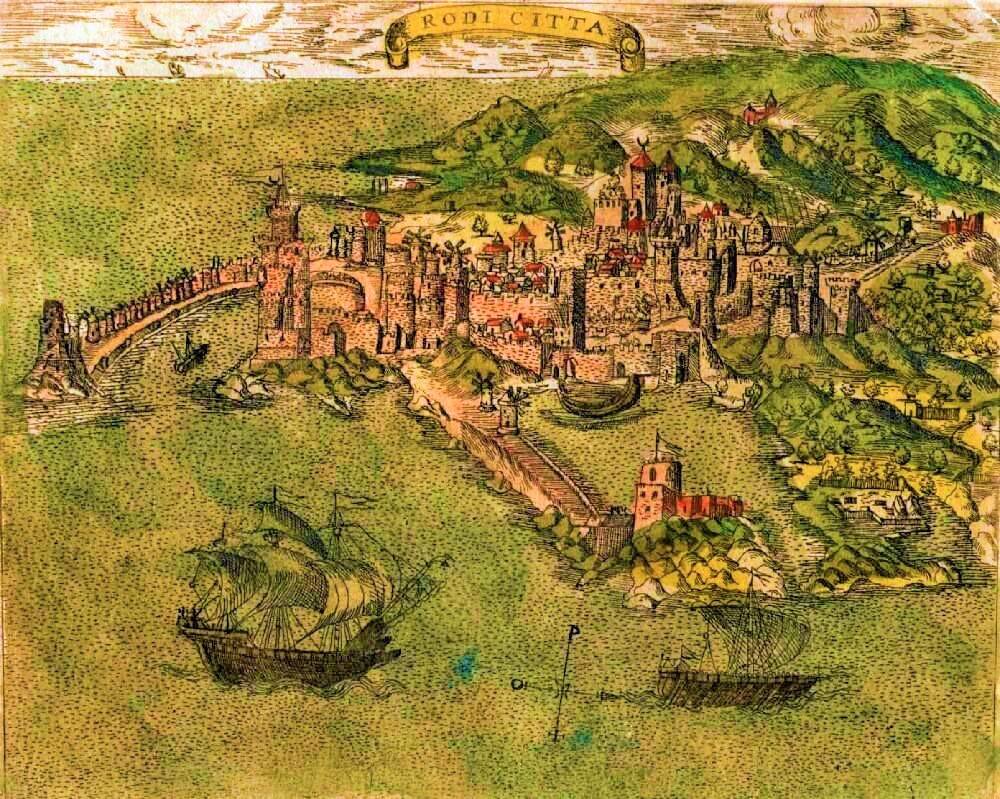
The view of Rhodes Island, which was conquered by Sultan Süleyman I and included in the Ottoman land, in the 1570s
Meat Foundation for the Poor: Through the foundation established in Rhodes by Hacı Ümmü Gülsüm Hanım, mutton was bought and given away to the poor in Ramadan Feast (Eid al-Fitr) every year. In addition, various clothing items such as gowns, shawls, gowns, caps, belts, trousers and shoes were purchased and distributed to the children of poor families and orphans close to the feast day.
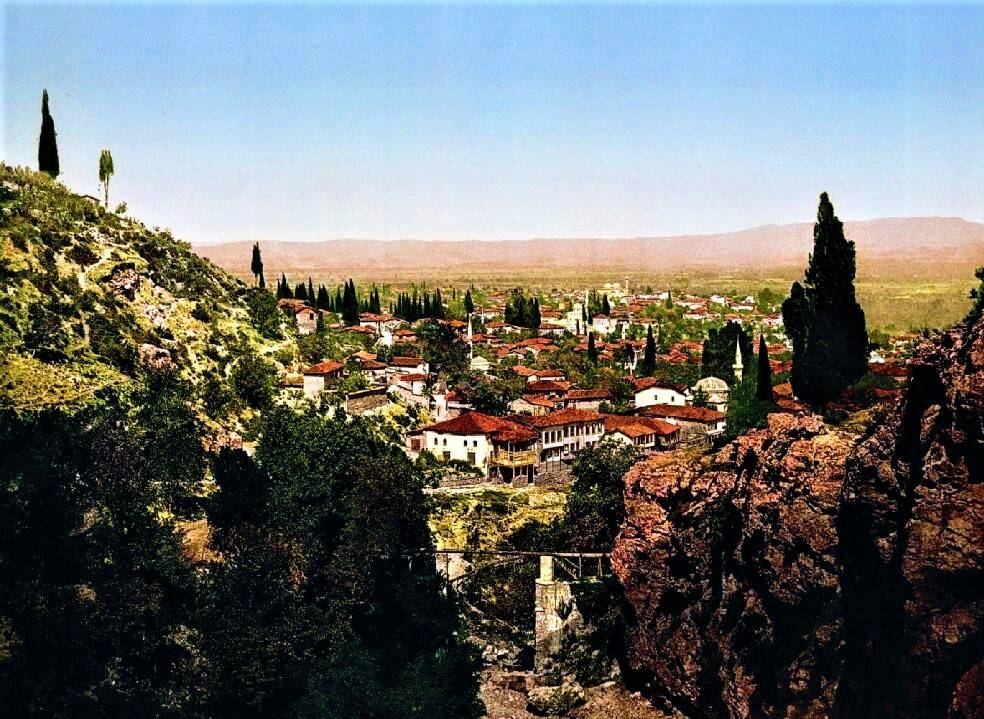
A green landscape of Bursa in the Ottoman period
Foundation Enabling the Poor to Eat Fruit: The foundation established by Bıyıklızade Mehmed Ağa in İznik, Bursa, in 1594, stipulated in its charter that a certain amount of the fruits of the olive, pear and apple trees should be distributed to the poor living in the surrounding area and that those who wanted to get more should not be prevented as follows: “The poor living in the district of Harmanyeri can eat the fruits of the pear and apple trees along with olive trees freely… and can fill their handkerchiefs with fruits to take home…; they should not take more… nobody should prevent them…”
References:
1. Vakıflar Genel Müdürlüğü Arşivi’nde mahfuz 10, 633, 570, 571, 578 nolu Vakfiye Defteri.
2. Nazif Öztürk, Menşei ve Tarihi Gelişimi Açısından Vakıflar, Ankara, 1983.
3. Nazif Öztürk, Türk Yenileşme Tarihi Çerçevesinde Vakıf Müessesesi, Ankara, 1995.
4. Ziya Kazıcı, Osmanlı Vakıf Medeniyeti, İstanbul, 2003.
5. Osman Keskioğlu, “Bazı Yönleri ile Vakıflar”, Vakıflar Dergisi (1973), c.10.
6. O. Nuri Ergin, “Türk Belediyeciliği ve Şehirciliği”, İller ve Belediyeler Dergisi (1947)/15-16.
7. Ahmed Akgündüz, Vakıf Müessesi/İslam Hukukunda ve Osmanlı Tatbikatında, İstanbul, 1996.
8. Tahsin Öz, “Yurdumuzda Tesis (Vakıf)”, Vakıflar Dergisi (1973)/X.
9. Yılmaz Öztuna, Büyük Türkiye Tarihi, c.10, İstanbul, 1984, 333.
10. Tarihte İlginç Vakıflar, Vakıflar Genel Müdürlüğü Yayınları, İstanbul, 2012.

